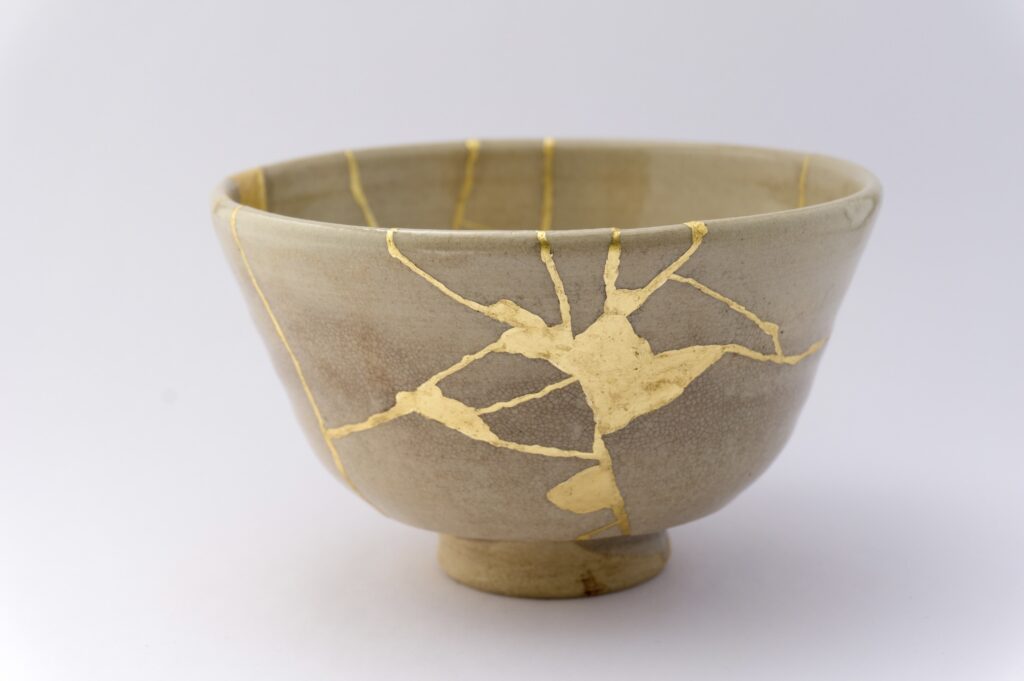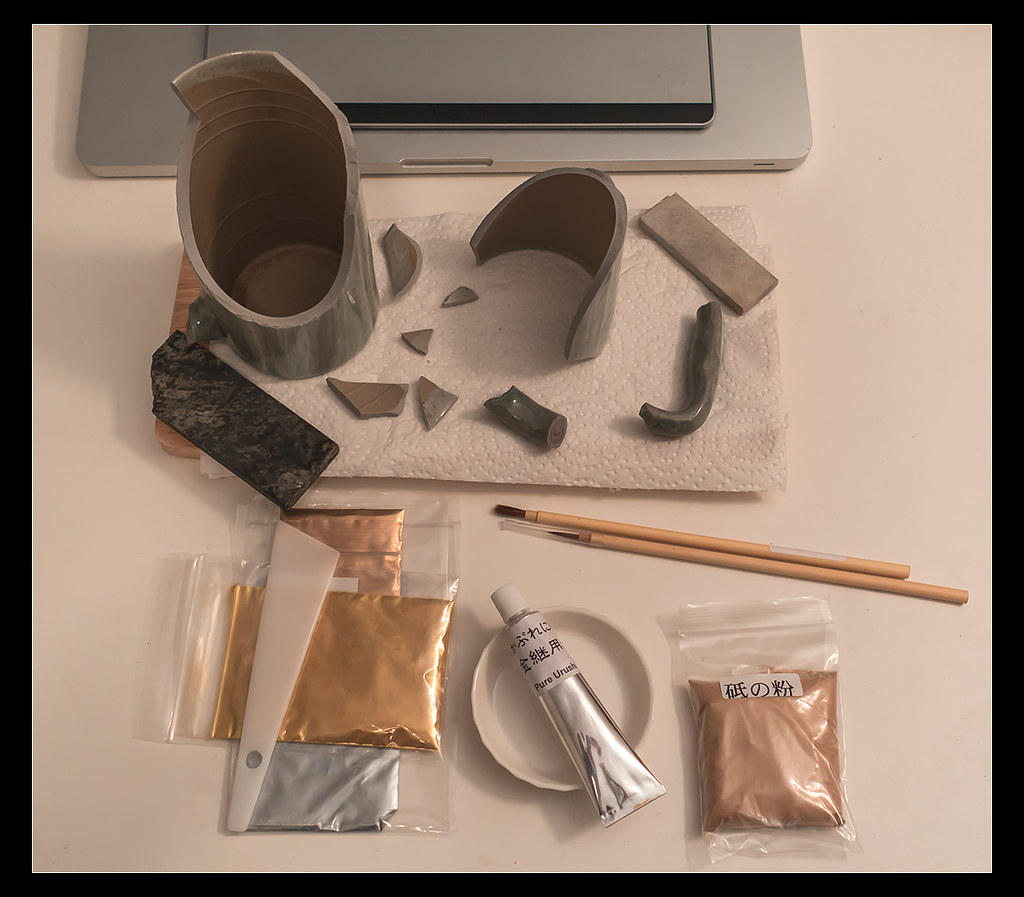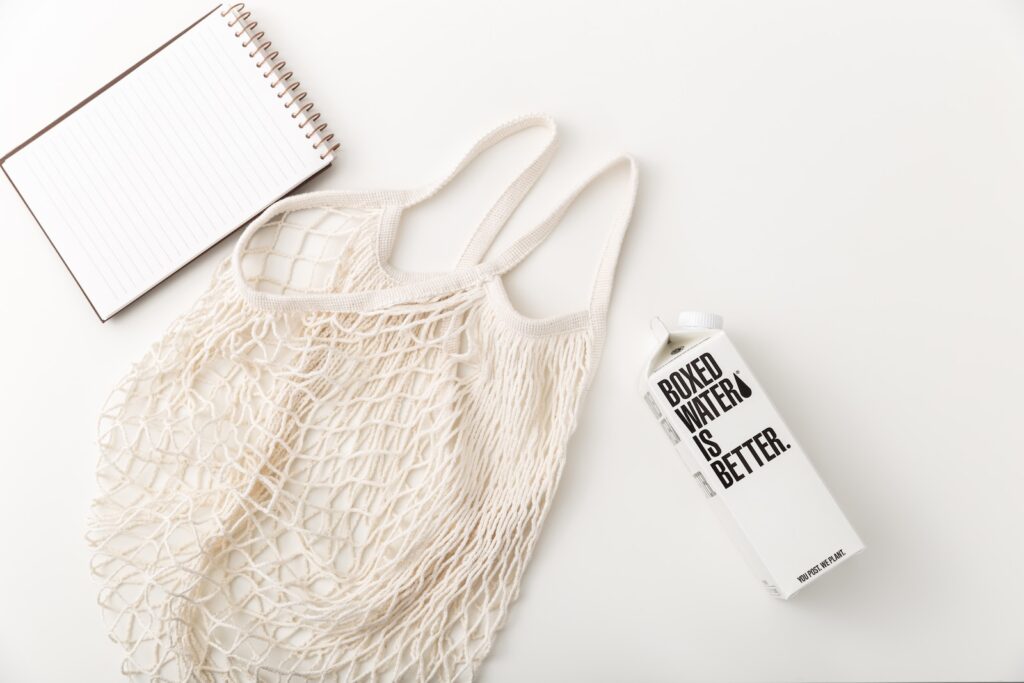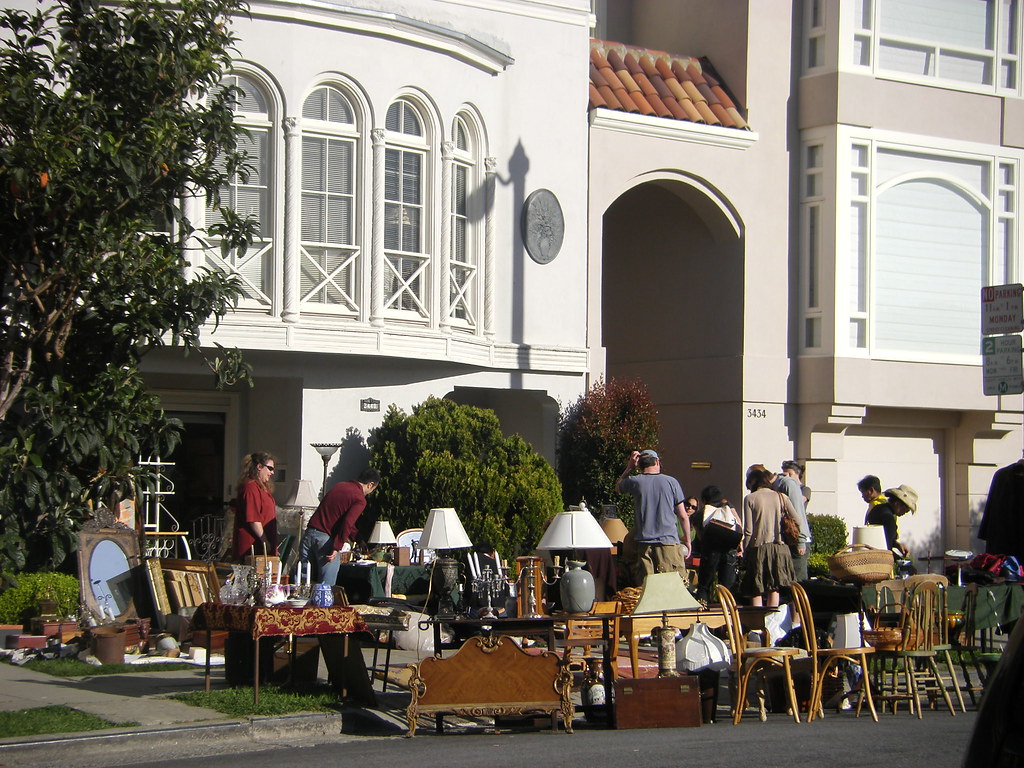In a world that often values perfection and discards what is broken, the beautiful Japanese art of pottery repair teaches us to celebrate flaws and embrace imperfections. Kintsugi, or Kintsukuroi, is an ancient art of repairing broken pottery using lacquer mixed with powdered gold, silver, or platinum. Kintsugi not only extends the life of broken pottery but also imparts invaluable lessons on embracing flaws and finding beauty in the process of repair.
The Philosophy of Kintsugi

In the fast-paced modern world, we tend to discard things at the first sign of damage, unknowingly contributing to an unsustainable cycle of waste. However, Kintsugi takes an entirely different approach by celebrating the cracks and fractures that come with time and use. Rooted in the Japanese philosophy of Wabi-Sabi, Kintsugi acknowledges the transient nature of all things and embraces the beauty of impermanence. Rather than concealing the cracks, skilled artisans elevate them into striking golden veins, turning the once-broken pottery into a masterpiece. This symbolism teaches us to accept imperfection. It reminds us that healing and renewal can lead to something even more remarkable.
The Art of Kintsugi: Technique and Process

Kintsugi, translated as “golden joinery,” mixes lacquer with powdered gold, silver, or platinum, which is then carefully applied to mend the broken pieces. First, the broken pottery is cleaned and prepared for repair. Then, the lacquer is spread on the fractured edges, and the pieces are carefully rejoined. The artisan often needs to wait several weeks for the lacquer to dry and set. Once set, the artisan polishes the surface to a smooth finish.
Kintsugi in Modern Life
In recent years, Kintsugi has gained popularity far beyond the borders of Japan. Its profound message and captivating aesthetics have inspired individuals seeking sustainable and ethical practices. As a result, workshops and classes on Kintsugi have sprouted up worldwide, allowing enthusiasts to learn and practice the art form themselves. Beyond pottery, the principles of Kintsugi have found applications in other aspects of life, including mental health and personal growth. Accepting and embracing our own imperfections and past traumas can lead to a similar sense of healing and transformation, just like the repaired pottery.
Where You Can Learn Kintsugi
New York:
Los Angeles:
Learn Kintsugi with Kat McDowell
Rehoboth Beach:
San Diego:
In a world where throwaway culture reigns, the Japanese art of pottery repair, Kintsugi, serves as a reminder of the value of craftsmanship and sustainability. Rather than discarding an item when it breaks, Kintsugi encourages us to cherish it all the more. By mending and reviving what we already have, we can reduce waste and minimize our ecological footprint.







